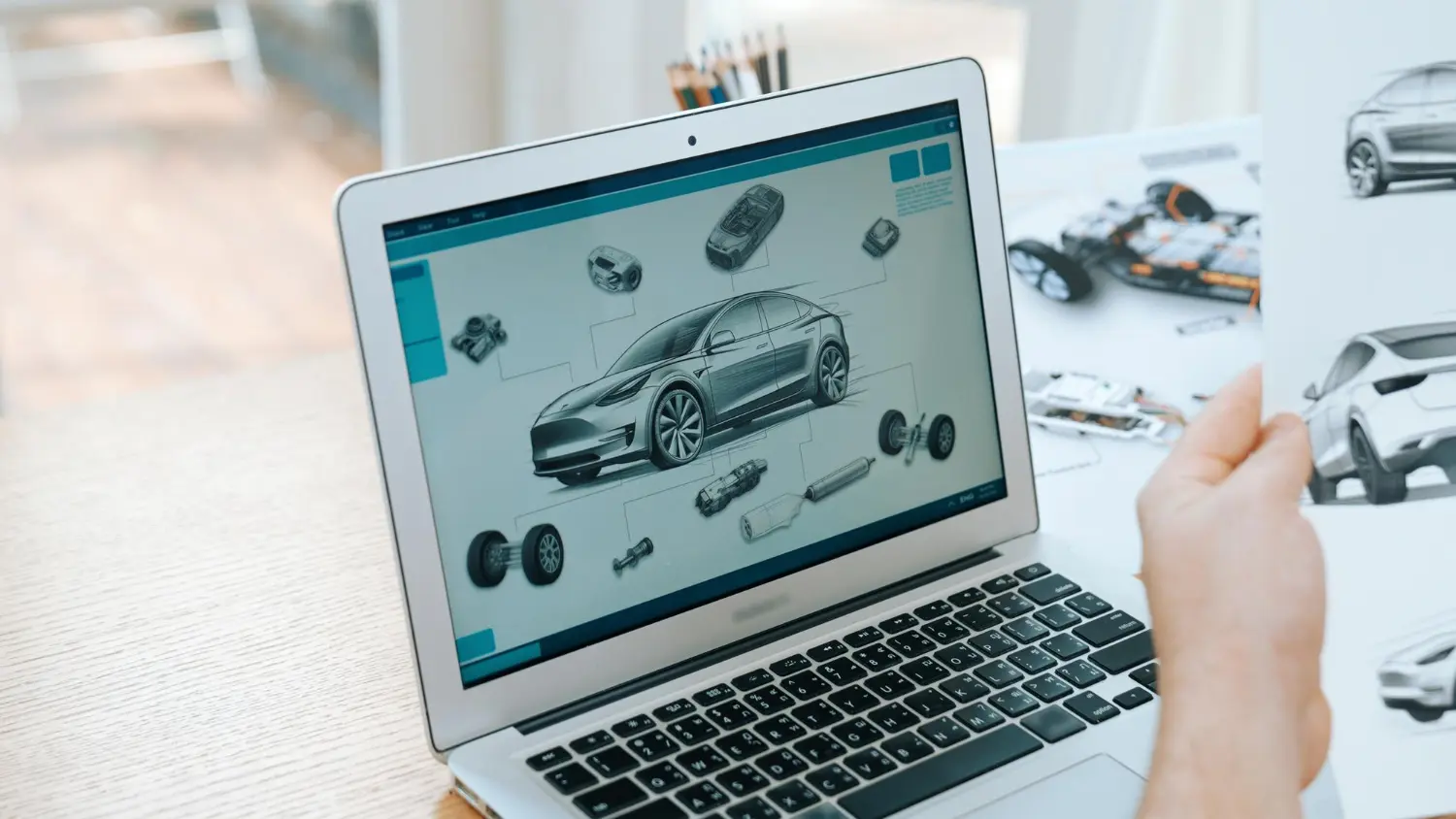Achieving success in B2B sales requires more than just offering great products; it calls for the adoption of tools that not only simplify the sales process but also improve customer engagement and sharpen your competitive edge. The 3D configurator is a great example of this trend. This technology, which enables customers to personalize products instantly, has moved beyond convenience to become a key driver of sales growth and operational efficiency.

3D product configuration defined
A product configurator is a visual CPQ tool that empowers customers to customize a product according to their specific preferences before making a purchase. Whether it’s choosing the color, size, material, or features, customers can make adjustments and see the results instantly within a 3D environment. This approach improves the purchasing experience, ensuring that customers are satisfied with the end product they receive.
With the integration of 3D configurators, companies are transforming how they connect with their customers. By embedding these tools into their websites and sales platforms, businesses can offer a level of customization and visualization that traditional methods simply cannot achieve. This technology is especially effective in industries where personalized products are highly sought after, such as automotive, furniture, and luxury retail, although studies have found that 56% of consumers polled said that a personalized shopping experience would cause them to be willing to make repeat purchases, regardless of industry.
How 3D configurators influence B2B sales
The rise of 3D configurators in B2B sales is not just a passing trend; it represents a fundamental shift toward a customer-centered approach to selling. These tools are redefining the sales landscape in several important ways:
Enhancing customer engagement
One of the primary advantages of using a visual configurator is its ability to deeply engage customers. In a market where building strong customer relationships is essential for closing deals and fostering loyalty, a visual configurator allows buyers to interact directly with products, experimenting with different configurations until they find exactly what they need. This hands-on process keeps customers engaged and significantly increases the chances of completing a sale.
Improving conversion rates
Conversion rates, which measure how often potential customers become actual buyers, are a critical metric of success. The introduction of 3D configurators has proven to be a highly effective tactic for boosting these rates. By offering an interactive and detailed product configuration process, these tools help remove any doubts that might prevent a purchase. When shoppers can see the results of their changes, they feel more secure in their decisions and are likely to buy.

Reducing product returns
Handling product returns is a costly and time-consuming issue, especially for businesses that offer customized products. However, product configurators significantly reduce the likelihood of returns by providing a clear, visual preview of the final product. By offering customers a transparent view of what they are ordering, the chances of dissatisfaction are greatly minimized. This transparency leads to higher customer satisfaction and reduces the costs associated with returns.
Increasing customer satisfaction
Customer satisfaction is critical for business success, particularly in the B2B sector, where repeat business and long-term relationships are vital. Offering a personalized shopping experience through a product configurator can greatly heighten satisfaction. By allowing customers to tailor a product to their preferences, businesses create a more engaging, almost game-like shopping experience, and are able to grow a stronger connection between the customer and their brand. This connection is crucial for maintaining long-term relationships and ensuring customer loyalty.
3D configurator use cases across industries
The versatility of 3D configurators makes them invaluable across a wide range of industries. Here are some examples of how different sectors are leveraging this technology:
-
In the automotive sector, using a 3D car customizer has become standard practice for many manufacturers. These tools give customers the opportunity to design their dream vehicle, selecting everything from exterior colors to interior materials and accessories. This high level of personalization increases customer engagement, and drives sales by catering to individual preferences.

-
In eCommerce and retail, product configurators have transformed the online shopping experience. Retailers use these tools to let customers personalize items such as clothing, electronics, and home goods. For example, a bike company would develop a 3D bike creator to allow customers to design their ideal bike. This capability not only distinguishes brands in a crowded marketplace but also enhances customer engagement by offering a tailored shopping experience.
-
In the furniture and interior design industries, 3D configurators have become universal tools for both customers and designers. These product configuration tools allow customers to visualize how a piece of furniture will look in their space. By offering the ability to adjust dimensions, materials, and colors, customers can ensure that the product will fit seamlessly with their existing décor. This capability boosts sales and reduces the chances of returns, as customers are more satisfied with their purchases.
How to select the right 3D configurator vendor
Choosing the right 3D configurator for your business is a crucial decision that can have a lasting impact on your overall sales strategy. There are a couple of key characteristics to look for when selecting your ideal 3D configurator provider.
Customizability
When selecting a product configurator, it is important to choose one that offers extensive customization options. The configurator should handle the complexities of your product offerings while maintaining an intuitive, user-friendly interface. A tool that can adapt to various needs will better serve your customers and meet their specific demands.
Integrability
Seamless integration with your existing systems, including your eCommerce platform, CRM, and ERP, is also essential for efficient operations. An integrative configurator will streamline your processes, reduce potential errors, and simplify the management of product configurations.
Scalability and Long-Term Support
As your business expands, so too should the capabilities of your 3D configurator. It’s important to choose a vendor that offers reliable support and ensures that the configurator can scale with your business, accommodating higher demand and more complex product lines.
Conclusion
The strategic deployment of 3D configurators is revolutionizing the B2B sales process, equipping businesses with a powerful tool to enhance customer engagement, boost conversion rates, and elevate customer satisfaction. By delivering a personalized and interactive shopping experience, these tools are helping businesses differentiate themselves in a competitive market and drive growth. As 3D configuration technology continues to improve, it is set to play an even more important role in shaping the future of sales. In an era where customer expectations are constantly evolving, 3D configurators offer a dynamic solution to the problem of dwindling B2B sales, while preparing businesses for the unique challenges of tomorrow. Get in touch with us today to learn more about how to uniquely incorporate 3D configurators into your business.






